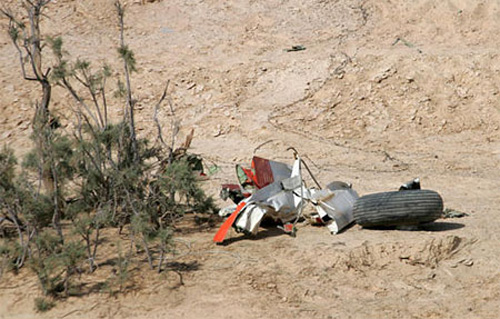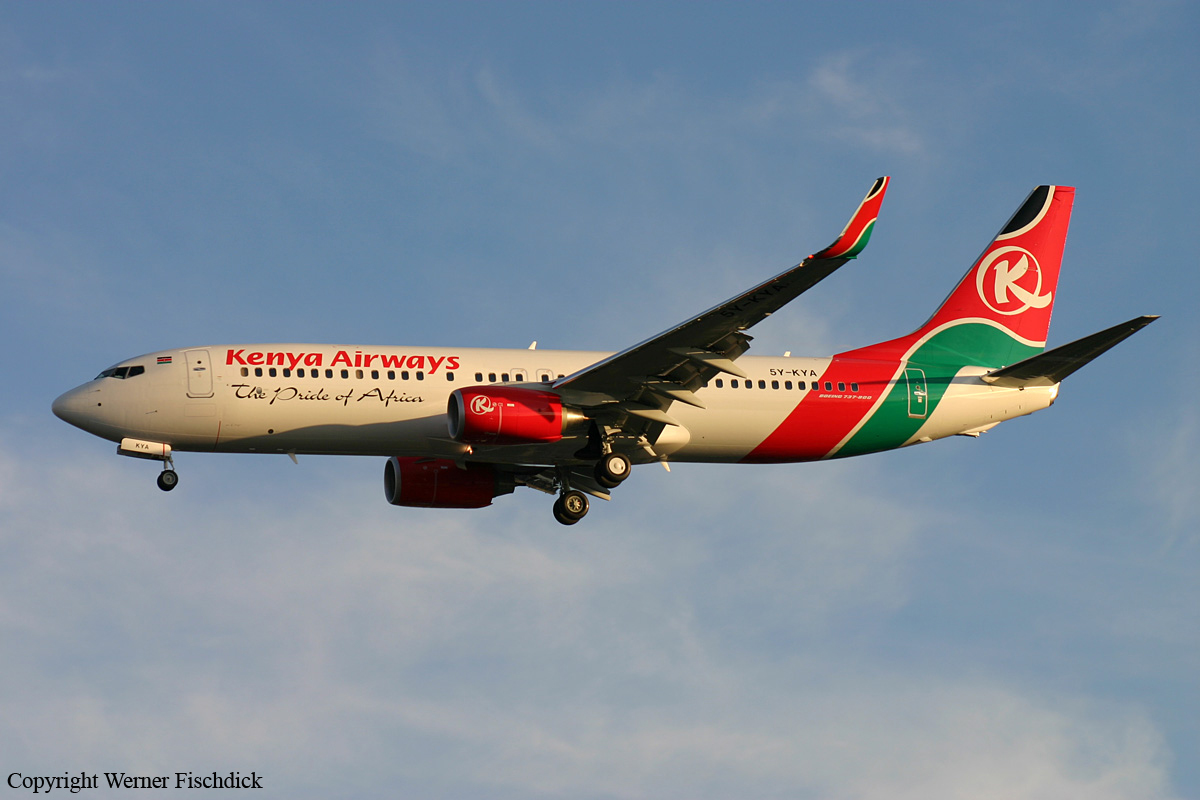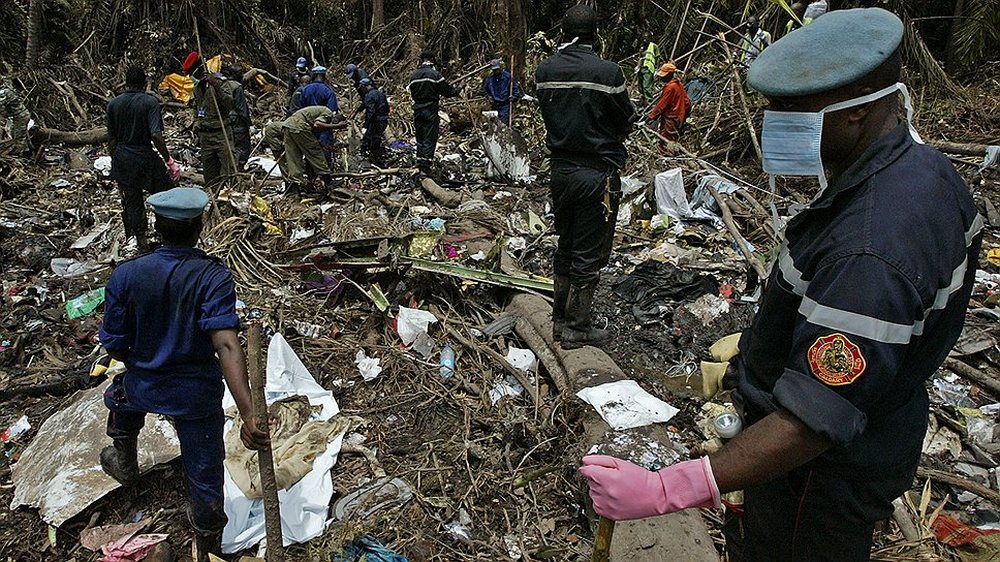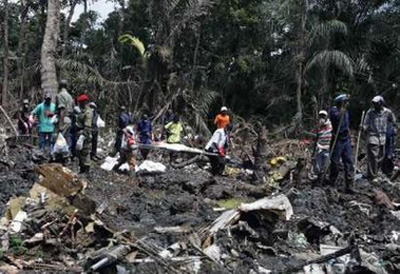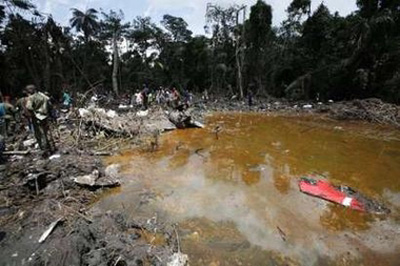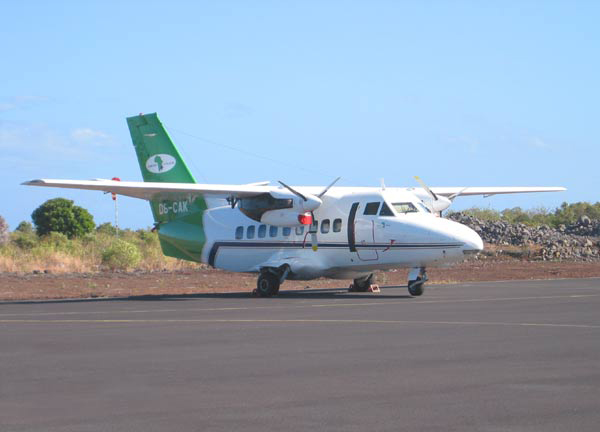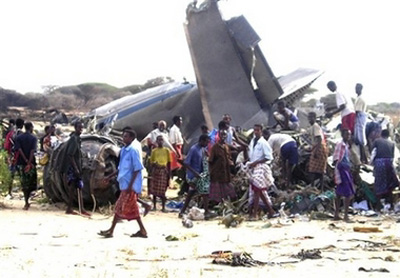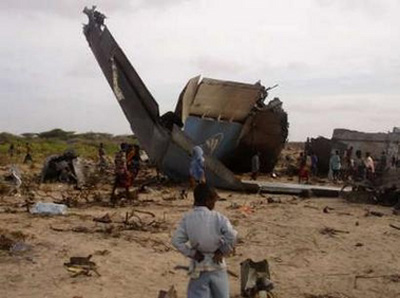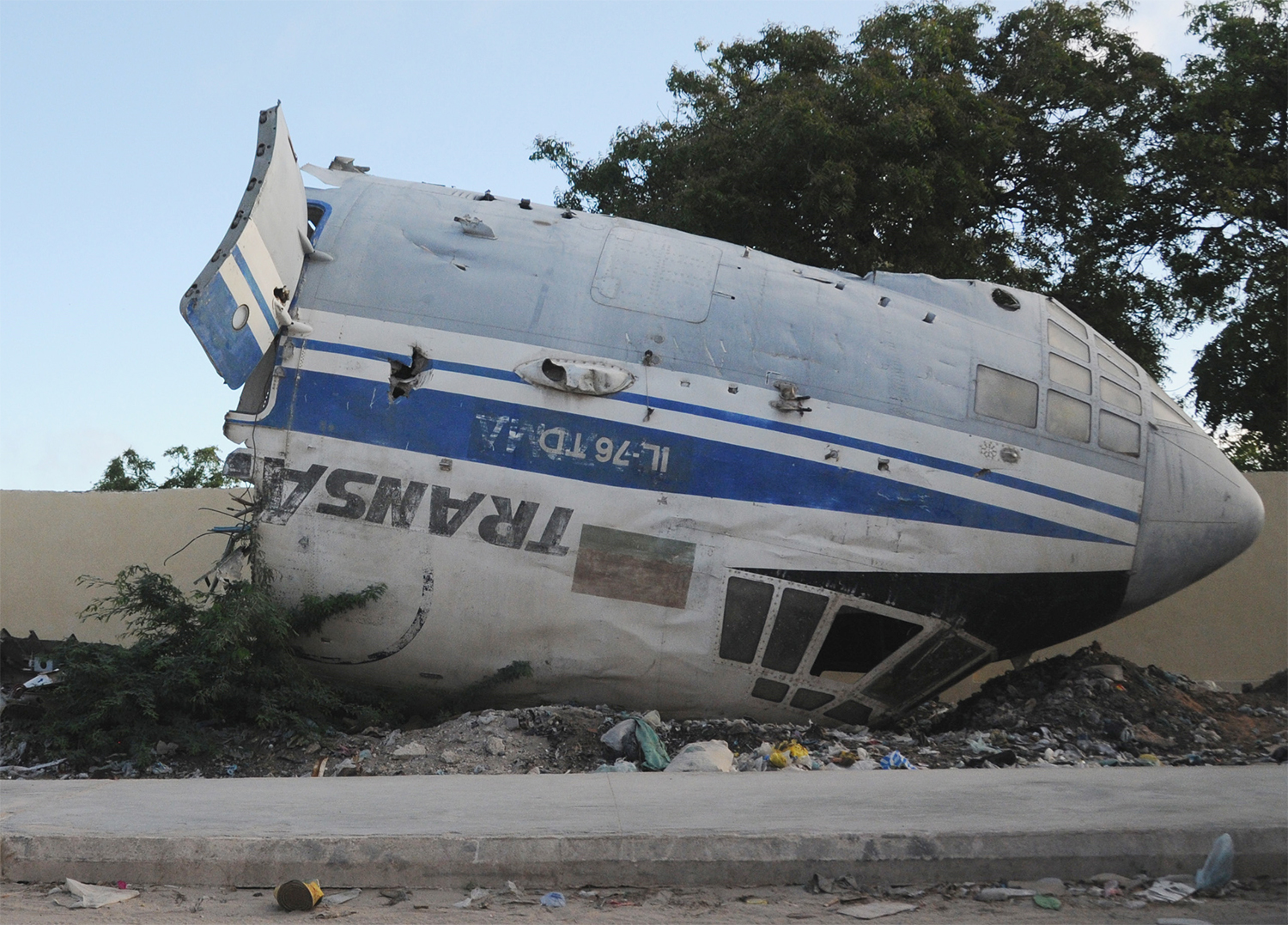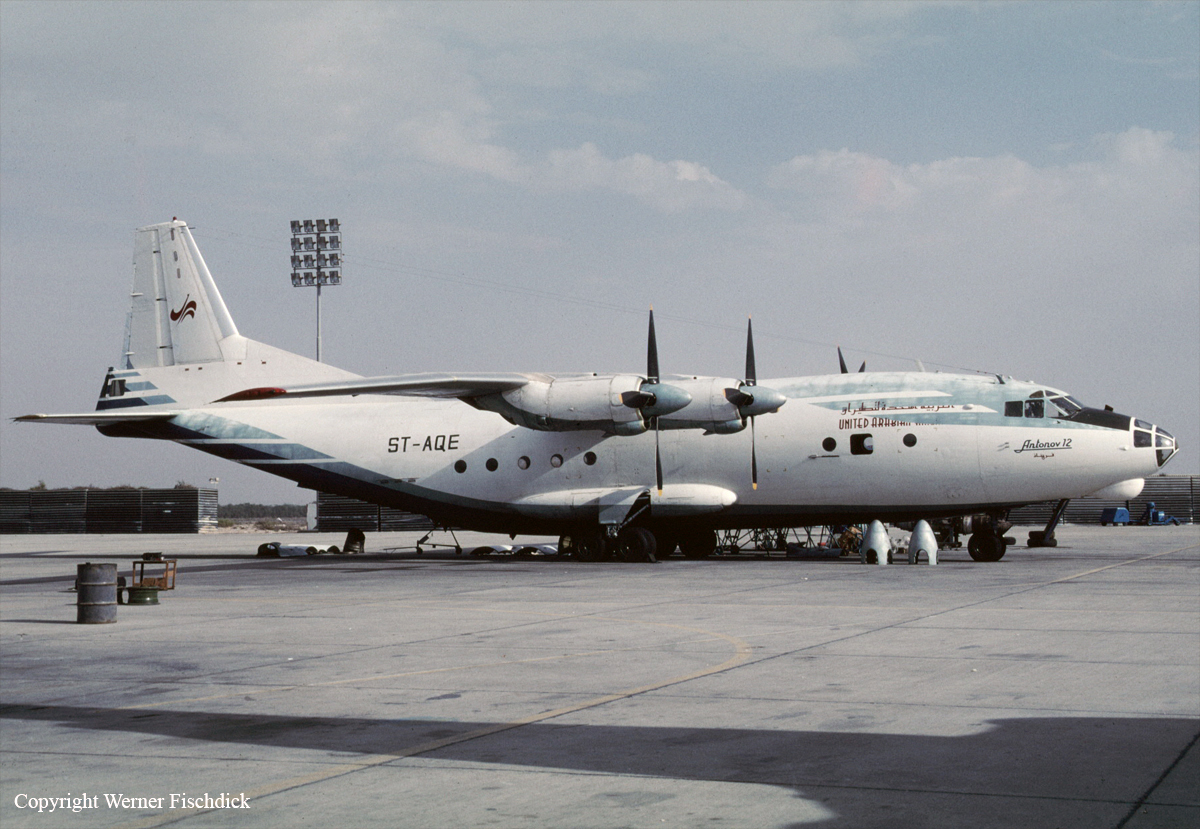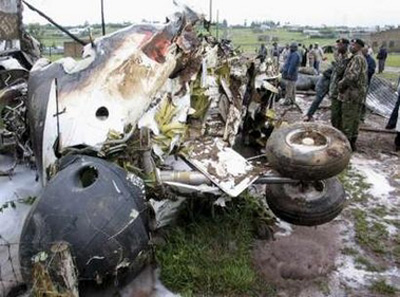Crash of a De Havilland DHC-6 Twin Otter 300 in at-Tamad: 9 killed
Date & Time:
May 6, 2007 at 0910 LT
Registration:
742/F-RACB
Survivors:
No
Schedule:
Al-Gorah - Sainte-Catherine
MSN:
742
YOM:
1981
Flight number:
690
Crew on board:
1
Crew fatalities:
Pax on board:
8
Pax fatalities:
Other fatalities:
Total fatalities:
9
Aircraft flight hours:
10939
Aircraft flight cycles:
15168
Circumstances:
The Twin Otter departed Al-Gorah on a flight to Sainte-Catherine, carrying 8 passengers (among them six membres of the French Air Force) and one Canadian pilot. En route, he contacted ATC and reported technical problems. While attempting an emergency landing, the aircraft collided with a Jordan truck carrying glass and crashed, bursting into flames. Both truck drivers were slightly injured while the aircraft was destroyed and all 9 occupants were killed. The flight was operated by the French Air Force on behalf of the Multinational Force and Observers (MFO) based in the Sinai area.
French Air Force members killed:
Cptn Laurence Briançon-Forest,
Lt Guillaume Pike,
SgtC Yann Poilly,
SgtC Laurent Pottier,
SgtC Hervé Bouffenie,
Sgt Julien Flégo.
French Air Force members killed:
Cptn Laurence Briançon-Forest,
Lt Guillaume Pike,
SgtC Yann Poilly,
SgtC Laurent Pottier,
SgtC Hervé Bouffenie,
Sgt Julien Flégo.

